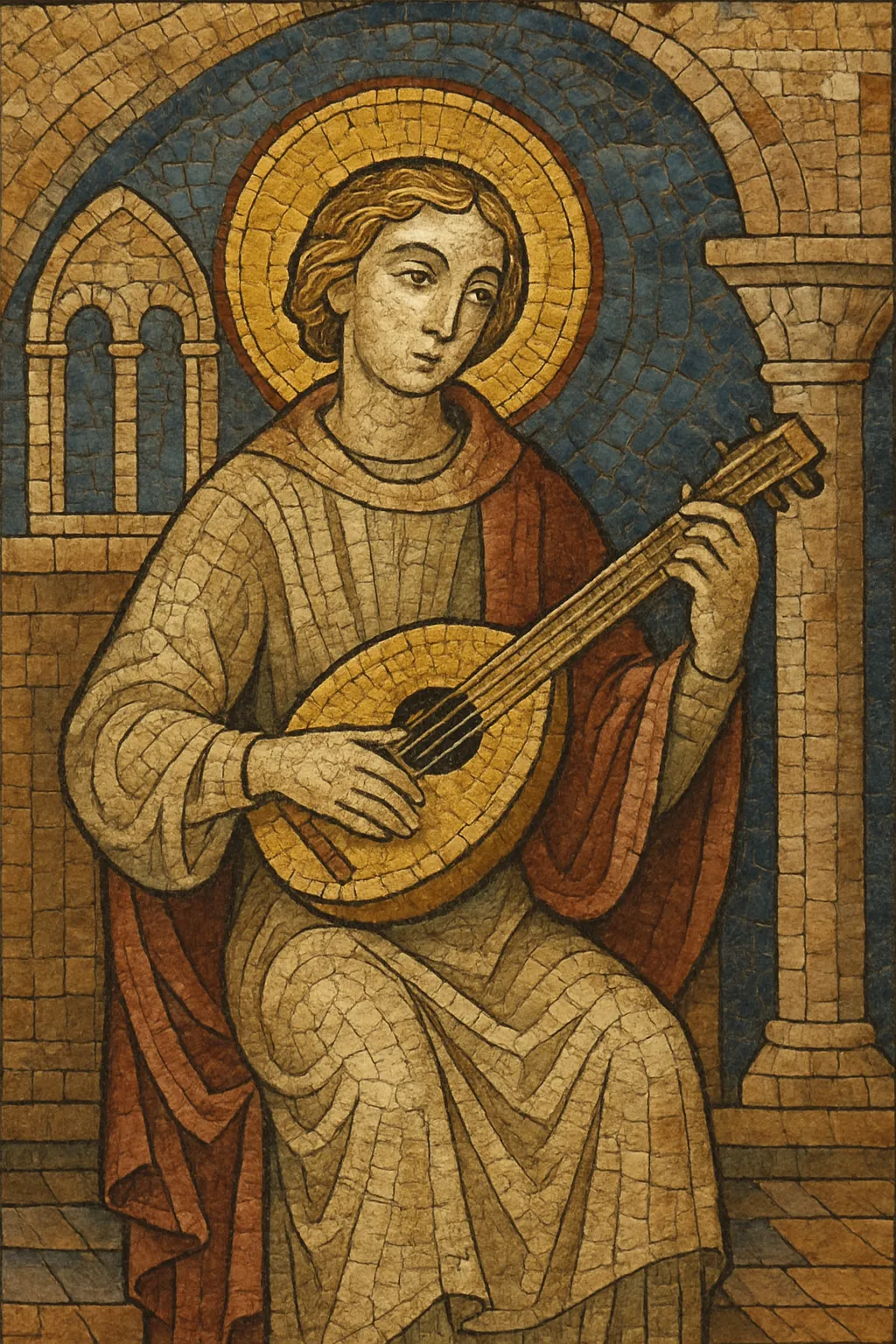Church music refers to music created for Christian worship and liturgical use, ranging from ancient chant to modern congregational songs and large choral–instrumental works.
It encompasses unaccompanied vocal traditions (such as chant and Renaissance polyphony), congregational hymnody and chorales, organ repertoire, Anglican anthems, Lutheran cantatas, Catholic Mass settings, and contemporary praise and worship styles. The music’s primary aims are to carry sacred texts clearly, support ritual actions, cultivate reverence, and enable the gathered assembly to participate in prayer.
Typical performance forces include soloists, choirs (children, adult, or mixed SATB), organ, and occasionally chamber or orchestral ensembles, with languages historically in Latin and later in various vernaculars. Stylistically it has evolved through modal melodies, imitative counterpoint, tonal harmony, and contemporary idioms, while remaining text- and context-driven.
Early Christian communities adapted practices from synagogue worship, including psalmody, cantillation, and hymn-like poetic forms. After Christianity’s legalization in the 300s, bishops standardized liturgical structures, and figures such as St. Ambrose promoted metrical hymnody. These developments created a foundation for distinct Christian church repertoires.
Carolingian reforms unified diverse chant practices into what became known as Gregorian chant, aided by the invention of notation (from neumes to the four-line staff). Liturgical forms such as the Mass and the Office blossomed, and polyphony emerged (organum and Notre Dame school), eventually leading to independent sacred genres like the motet.
Renaissance church music reached a high point in imitative counterpoint and clear text-setting (Palestrina, Tallis, Byrd, Lassus). The Reformation diversified traditions: Lutheran chorales and cantatas, Anglican service music and anthems, and continued Catholic polyphony shaped distinct denominational sounds.
Concerted styles with basso continuo and larger ensembles flourished: cantatas, passions, and oratorios (notably by J.S. Bach) expanded sacred expression. Classical and Romantic eras produced symphonic-scale Masses and Requiems (e.g., Haydn, Mozart, Bruckner), while organ repertoire and choral societies strengthened church musical life. The Cecilian movement sought renewed liturgical focus and clarity.
Liturgical reforms (including Vatican II) broadened vernacular use and congregational participation. Composers drew on ancient chant, modality, and modern harmony (Messiaen, Pärt) alongside the rise of gospel and contemporary praise styles that integrated popular idioms. Global Christian communities further diversified church music with local languages, rhythms, and instruments while keeping the core role of music in worship.
Start with a liturgical or scriptural text appropriate to the service (Mass Ordinary/Proper, Psalm, anthem text, hymn paraphrase). Clarify whether the piece is for congregational singing, choir-only, or a solo/choral feature tied to a ritual action.
For traditional styles, favor modal or diatonic melodies with mostly stepwise motion; shape phrases to natural text accents. Use species counterpoint or imitative techniques for polyphony. Treat dissonance carefully (preparation and resolution) and cadence clearly to support prayerful flow. For contemporary worship or gospel, employ functional harmony (I–IV–V–vi progressions), clear hooks, and supportive vamp sections.
Chant-based music often uses flexible, speech-like rhythm without strict meter. Polyphonic and hymn styles use steady tactus with moderate tempos to aid congregational singing. In modern praise or gospel, use groove-oriented meters (4/4 or 6/8) with restrained syncopation aligned to the text’s emphasis.
SATB choir with organ is a common core. For feast days, add brass and timpani or a small orchestra; for intimate services, use a cappella choir or organ solo. Balance ranges (S: c′–a″, A: g–e″, T: c–g′, B: E–d′) and keep part-writing singable, avoiding extreme leaps. Ensure the accompaniment supports, not overwhelms, the voices.
Prioritize intelligibility: align musical stress with syllabic stress, avoid dense textures during crucial words, and articulate consonants. Latin suits chant and polyphony; vernacular texts suit congregational hymns and anthems. Where acoustics are reverberant, simplify textures and sustain tones for clarity.
Select forms that fit liturgical placement: strophic (hymn), through-composed anthem, responsorial psalm, motet, or sections of the Mass. Use introductions, interludes, and codas sparingly and purposefully to frame prayer.
In chant and early polyphony, use pure vowels, blended tone, and minimal vibrato. Observe rubrics (entry points, cues) and accommodate room acoustics by pacing tempo and resonance. For gospel/praise, encourage call-and-response, tasteful ad-libs, and dynamic builds that serve the text.


